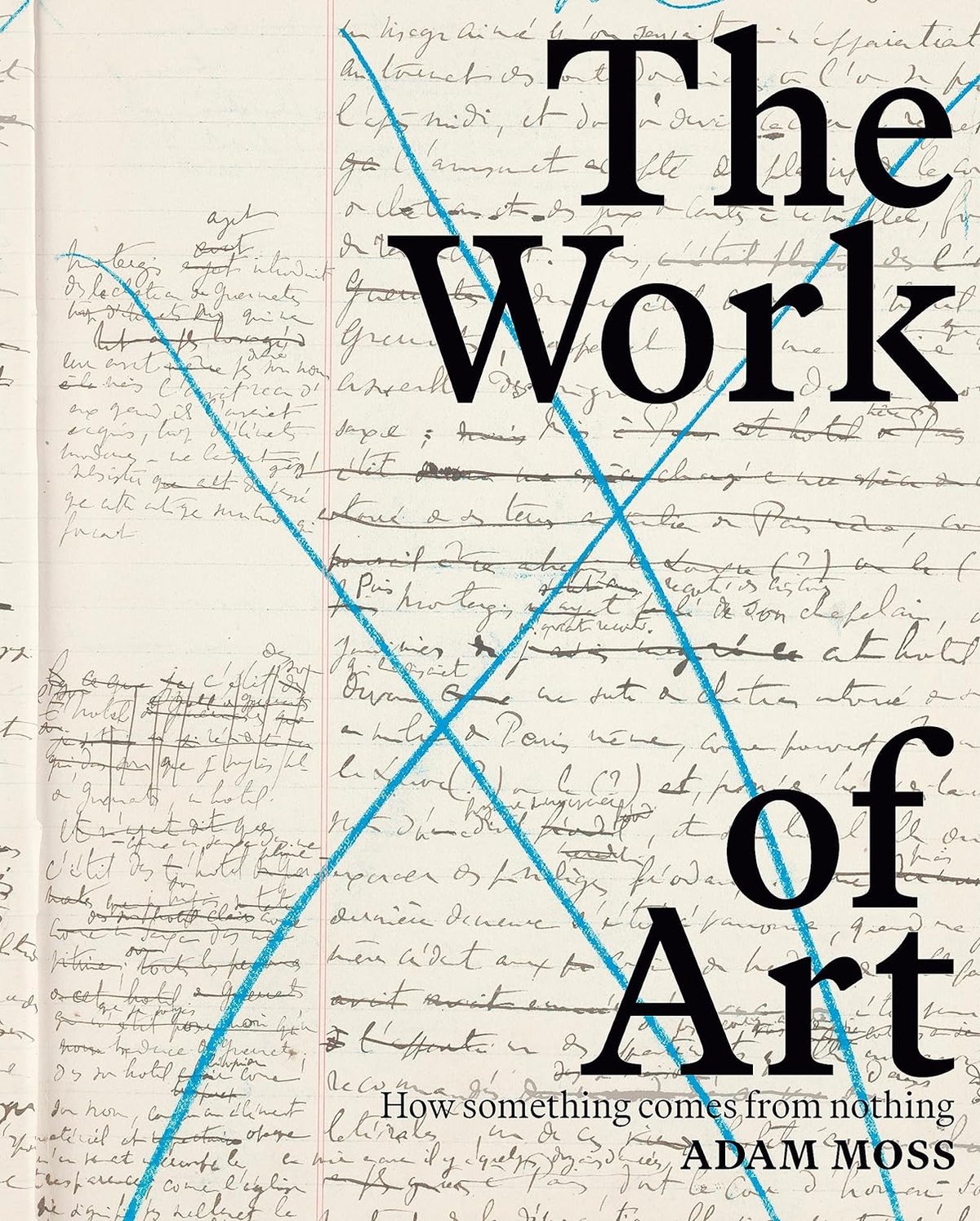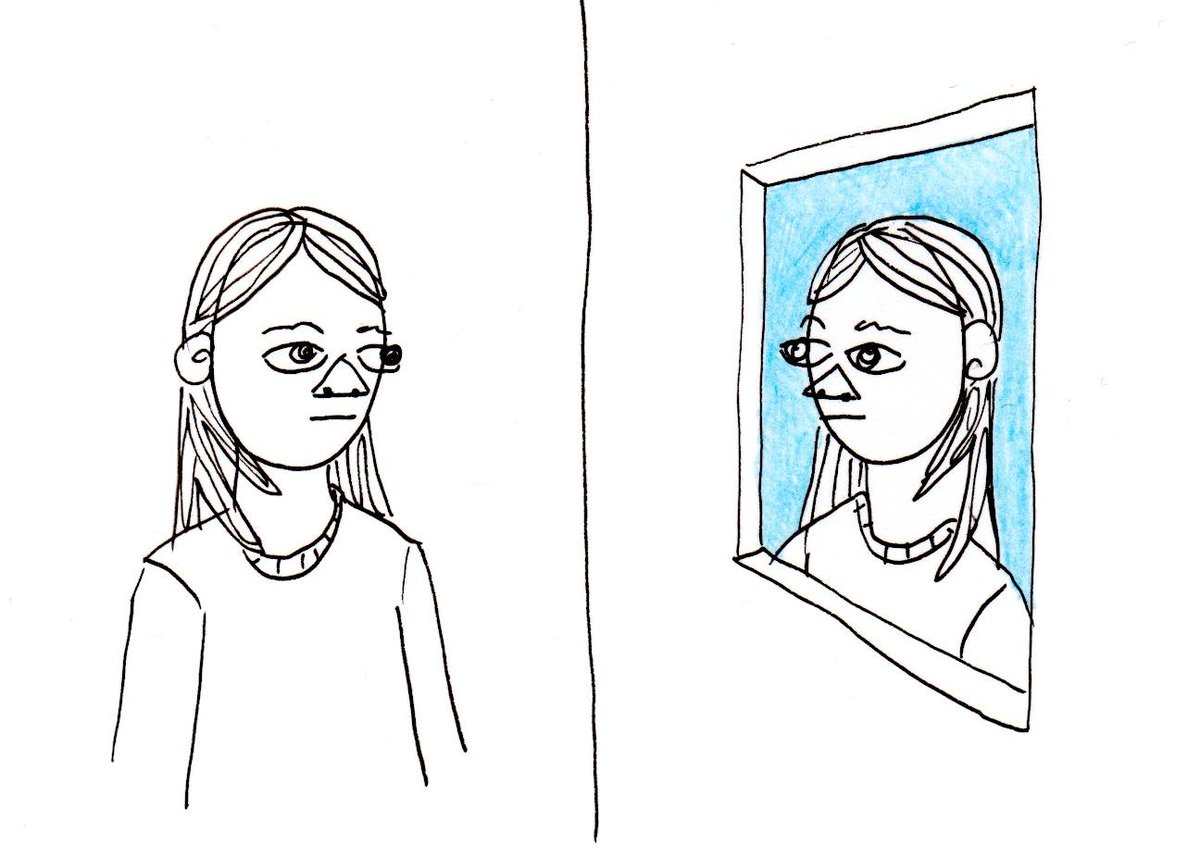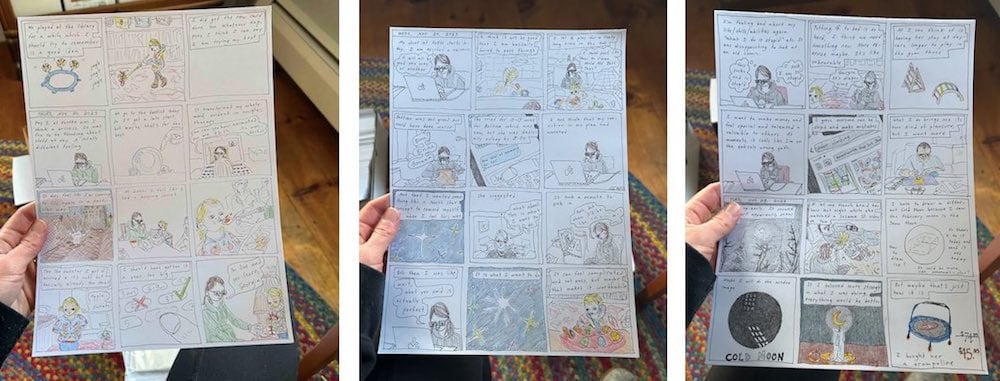kottke.org posts about creative processes
The NY Times Style Magazine recently published an entire issue dedicated to “what it means start an artistic life”. I have only scratched the surface of this multi-article package, but I locked into this one immediately: We asked 80 artists and other creative people to tell us what they’re starting right now or hope to very soon.
Filmmaker Boots Riley:
I’m getting ready to start filming a feature I wrote about a group of professional female shoplifters who find a device called a situational accelerator that heightens the conflict of anything they shoot it at. I also have a sci-fi adventure: a janky, lo-fi epic space funk opera. My dream is to use the same crew and shoot the two movies back to back in Oakland, Calif. [where I live]. That’s one thing about being 53 — I want to be able to spend more time with my kids.
Writer Alice McDermott:
There are three kinds of novels I’ve never taken to heart: science fiction, murder mysteries and novels about novelists. So I’ve decided to try my hand at each. If I fail, they’re probably not books I’d want to read anyway.
Cartoonist Daniel Clowes:
I’ve always had the desire to do fakes of artworks I admire — to figure out how they were done, and so I could have otherwise unaffordable artwork hanging in my living room. Painting [with oil] is as frustrating and exhilarating as I remember it being when I was in art school 43 years ago, and my paintings look alarmingly not unlike the ones I did at 19.
Artist and writer Nell Irvin Painter:
I’m way too old to be a beginner. I’m 81 and have already written and published a million (OK, 10) books. But a very different kind of project’s been tugging at me: something like an autobiographical Photoshop document with layers from different phases of my life in the 1960s and ’70s — spent in France, Ghana, the American South. I’d have to be myself at different ages.
Artist Christine Sun Kim:
I have a bit of an adverse reaction to people doing American Sign Language interpretations of popular songs on social media - they’re usually based entirely on the lyrics in English, when rhyming works differently in ASL. So I’ve been wanting to make a fully native ASL “music” video. One day.
Artist Eric Mack:
I’m starting to recharge in order to begin my next body of work. I journal, read, explore the Criterion Channel and get deep-tissue massages. I keep wishing I’d organize the fabrics in my studio.
I love that: Mack shared not what he’s working on next but that he’s using the time to recharge the batteries, a step that’s often neglected, either out of sheer economic necessity, obsession, or fear (I was *terrified* to take time off from the site for years). And I want to see both of those films by Boots Riley — “a situational accelerator”?!
So. What are you starting right now or hope to very soon?
I’ve been thinking about something I posted last week — in an excerpt from his new book The Work of Art, former New York magazine editor Adam Moss described the art he makes as bad: “When I left my job, I began to paint more seriously,” he wrote. “That was the beginning of my torment: I just wasn’t very good.” Or as he put it to The New Yorker: “I kind of just wasn’t any good.” Or to Vanity Fair: “I really wanted to be a good painter. What a fucking idiot I was.” Or on NPR, “I really wanted to be good, and it made the act of making art so frustrating for me.”
The book is mostly about how other artists make their work, but I’m currently more interested in what Moss has to say about himself and his art.
Later in the VF and NPR interviews, Moss says that the main lesson he learned from making the book is that with art, it’s the journey not the destination — or, “the making, not the made” (“It’s the most banal observation”) — but of course I still went looking for his paintings online. I want to see them! I didn’t find anything (per the VF article, he hasn’t shared anything publicly yet), but to Moss I say: Show them! Maybe it doesn’t matter if they’re not good. Maybe the worse, the better.

When I quit my magazine job, I decided to try my hand as an artist. … I got frustrated easily and gave up easily, never knowing when to persevere or surrender. …
My curiosity is earthbound: Where do [artists] begin, and what do they do next, and when do they know they are finished? And more crucially: What do they do when they lose faith? Do they lose faith?
In an adaptation from his new book, The Work of Art: How Something Comes From Nothing, former New York magazine editor Adam Moss shares his interviews with Kara Walker, Louise Glück, and Cheryl Pope, about their respective creative processes [Vulture]. My favorite part is the intro, though, where he talks about his own process (“that was the beginning of my torment”).
I’m hoping the answer to the “persevere or surrender” question is in there very explicitly, by the way!

The writer Amanda Fortini tweeted something a couple weeks ago that I haven’t stopped thinking about:
Years ago, when I was in my 20s, a bold and artistically daring older friend who has since passed on gave me what I often think was the best advice I have ever gotten. I was worrying what ‘people would think’ of a decision I had made, and she said, “Amanda, There is no audience.”
The tweet went viral, so this probably isn’t news to a lot of readers. But I’ve been saying it to myself ever since: Amanda, there is no audience. Somehow, for a few seconds at a time, it makes sense to me on a very deep level. The “Amanda” part seems essential, too, for whatever reason.
Note: I accidentally published this already, but I managed to back-date it to yesterday, so I deleted and am republishing. I apologize.
In the comments section yesterday, Caroline G. asked:
Really interested in knowing more about your writing/journaling/drawing process and practice!
And because I love being asked questions, I thought I would respond in a post!
Basically first thing each morning I drink coffee and draw for an hour or so. I usually draw whatever seems memorable from the day before. This is like three days worth of the journal comics:

The habit started about seven years ago when I stopped drinking and found I had a lot of energy in the morning, and that I really enjoyed doing something manual while I drank a ton of coffee. So I began keeping a traditional journal, and then I started a second journal for sketching (following the classic sober advice of “you might still like doing the stuff you liked doing as a kid”), and eventually the two journals melded into one. Also I was reading a lot of Julia Wertz and Gabrielle Bell, whose work and diary comics have been very influential.
I started posting a few of the comics to an Instagram account in 2017, and I enjoyed doing that so much that in 2019 I quit my job to publish the comics to a newsletter instead, with the hope that I might one day charge people to read it and make a living doing so. That never quite happened (the making-a-living part), but it was going well and growing, until eventually the whole thing started to crumble, for reasons that are still not totally clear to me. But basically I stopped liking my work. I think I was shaping it to try to appeal to people. Or I had lost sight of something. Or both. Or something else. Also I had a baby who was turning into a toddler, and it was easy to accept being a stay-at-home-mom as an identity.
But I kept doing the journal comics, just privately. And a year+ passed, and then Jason Kottke asked me to guest-blog for him, and it got me thinking I might get back into publishing things again! (Plus some other factors, like general boredom and hunger for a project.) I’d love to find a new rhythm for my own newsletter, and I have a few ideas about how I might do it.
On a more technical aspect, I use Micron pens (size 01) and Staedtler Ergosoft colored pencils, on Borden & Riley Paris Paper No. 234. I scan it all in using a Canon LiDE 220 scanner and then tweak it using the Preview application on my MacBook.








Stay Connected